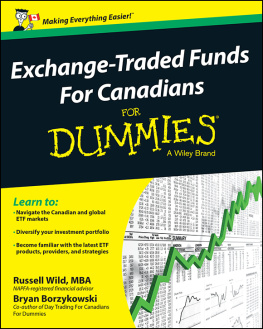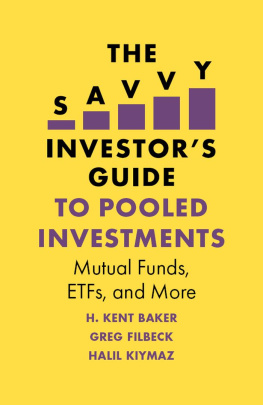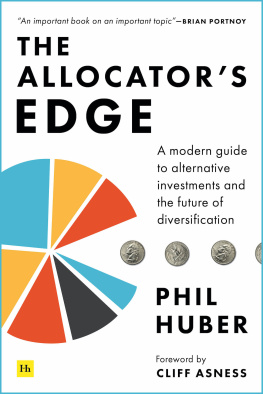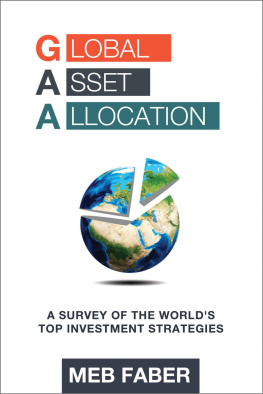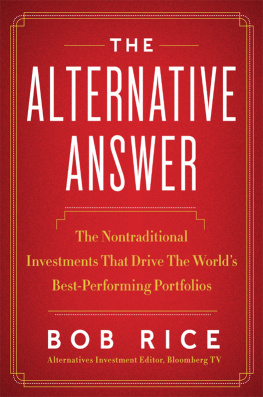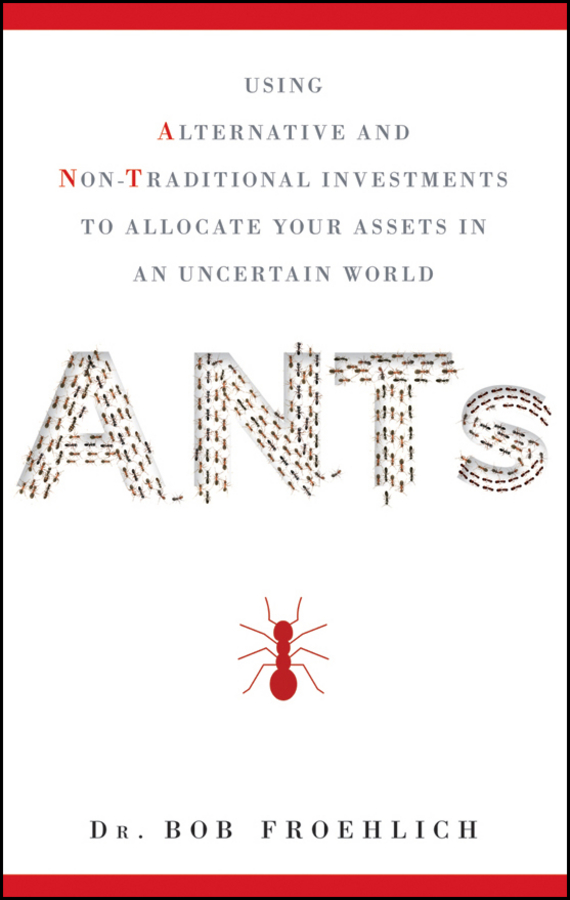Contents

Copyright 2011 by Robert J. Froehlich. All rights reserved.
Published by John Wiley & Sons, Inc., Hoboken, New Jersey.
Published simultaneously in Canada.
No part of this publication may be reproduced, stored in a retrieval system, or transmitted in any form or by any means, electronic, mechanical, photocopying, recording, scanning, or otherwise, except as permitted under Section 107 or 108 of the 1976 United States Copyright Act, without either the prior written permission of the Publisher, or authorization through payment of the appropriate per-copy fee to the Copyright Clearance Center, Inc., 222 Rosewood Drive, Danvers, MA 01923, (978) 750-8400, fax (978) 646-8600, or on the Web at www.copyright.com . Requests to the Publisher for permission should be addressed to the Permissions Department, John Wiley & Sons, Inc., 111 River Street, Hoboken, NJ 07030, (201) 748-6011, fax (201) 748-6008, or online at http://www.wiley.com/go/permissions .
Limit of Liability/Disclaimer of Warranty: While the publisher and author have used their best efforts in preparing this book, they make no representations or warranties with respect to the accuracy or completeness of the contents of this book and specifically disclaim any implied warranties of merchantability or fitness for a particular purpose. No warranty may be created or extended by sales representatives or written sales materials. The advice and strategies contained herein may not be suitable for your situation. You should consult with a professional where appropriate. Neither the publisher nor author shall be liable for any loss of profit or any other commercial damages, including but not limited to special, incidental, consequential, or other damages.
For general information on our other products and services or for technical support, please contact our Customer Care Department within the United States at (800) 762-2974, outside the United States at (317) 572-3993 or fax (317) 572-4002.
Wiley also publishes its books in a variety of electronic formats. Some content that appears in print may not be available in electronic books. For more information about Wiley products, visit our web site at www.wiley.com .
Library of Congress Cataloging-in-Publication Data:
Froehlich, Robert J., author.
ANTs : Using Alternative and Non-Traditional Investments to Allocate Your Assets in an Uncertain World / Dr. Bob Froehlich.
p. cm
Includes index.
ISBN 978-0-470-94499-8 (cloth); ISBN 978-1-118-01972-6 (ebk);
ISBN 978-1-118-01973-3 (ebk); ISBN 978-1-118-01974-0 (ebk);
1. Investments. 2. Asset allocation. 3. Portfolio management. I. Title.
HG4521.F8134 2011
332.6dc22
2010045661
To my wife
Cheryl Ann
For her infinite belief,
Her constant inspiration,
And her enduring love
Although our intellect always longs for clarity and certainty, our nature often finds uncertainty fascinating.
Carl von Clausewitz, Prussian military strategist
Introduction

There is nothing more difficult to take in hand, more perilous to conduct or more uncertain in its success than to take the lead in the introduction of a new order of things.
Niccol Machiavelli
Having been in and around this industry for over 30 years now, it is amazing to me how most investors still derive their basic investment decisions on whether they think we are in a bull market or a bear market. If we are in a bull market, most investors want to overweight stocks; conversely if we are in bear market, investors want to overweight bonds. Here is why.
In the most basic of terms, a bull market is when the stock market is going up; thats why you want to overweight stocks, and a bear market is when the market is going down; that is why you want to overweight bonds by underweighting stocks. Bulls and bears were chosen by Wall Street to depict different markets by the way these animals kill their prey. A bull uses its horns and tosses its prey upward (hence we call an up market a bull market). A bear meanwhile uses its massive claws and slashes downward on its prey (hence we call a down market a bear market).
The problem with this simplified, outdated investment strategy is that it doesnt work anymore. Most investors are focusing on the wrong animals. Its no longer about bulls and bears; its about insects. Instead of bulls and bears, we should be looking at butterflies and ANTs (alternative and non-traditional asset classes). This book introduces you to them, and shows you how they will be more meaningful to your portfolio than the traditional animal symbols.
The Butterfly Effect
In the early 1960s Edward Lorenz, a meteorologist, attempted to model the weather for the entire globe in a comprehensive computer program. This model was programmed with certain initial conditions based on accurate data and was then instructed to predict the weather. Finally, the initial conditions were very, very slightly altered in what would appear to be a very, very insignificant amount, especially from a global weather perspective; however, the results from these insignificant changes produced wildly dramatic impacts in weather patterns around the globe. The phenomenon became known as the butterfly effect because it was theorized that the simple movement of a butterflys wings in the Amazon basin could change the wind current in South America, which could alter cloud formations over the Pacific Ocean, which would cause it to snow in Russia... all because a butterfly flapped its wings in the Amazon.
The global trends that have been driving the stock markets and bond markets today can best be explained by this same butterfly effect. There are two very important lessons to be learned from the butterfly effect for the stock and bond markets. First, the entire world is connected by some fiber in some way. That means that all of the stock markets and bonds markets are also connected. There is no longer any corner of the earth in which you can hide in a stock market or a bond market. Second, something that may appear insignificant on the surface can set off a chain reaction that produces dramatic results.
This butterfly effect is more important to the stock market and bond market than it is to the weather. Stock market and bond market investors need to understand there is no longer any market anywhere that isnt connected. Markets may be connected from a direct or indirect economic perspective, or from a political or a social perspective, or even a psychological perspective. It doesnt matter what fiber connects the stock markets and bond markets; the fact remains that we are all interconnected. In this New World Order, globalization has turned previously isolated problems into everyones problems. There is nowhere to hide.
Because all of the stock markets and bond markets are connected, the impact of what appears on the surface to be a somewhat minor isolated event, like Dubai World defaulting on its debt, or Thailand devaluing its currency, or Greece teetering toward financial collapse, may first be felt by countries in close proximity, but eventually it is felt around the globe in every single market, no matter how big or small. These unrelated events will even be felt in the worlds largest stock market and bond market in the United States, despite the fact that these markets seemed to have nothing to do with Dubai World or Thailand or Greece.
Think of it this way: Every event around the globe will at some point in time impact every market; it may take a minute, an hour, a day, or even a year, but it will happen. Because all of the stock markets and bond markets are now interconnected, there is no longer such a thing as an irrelevant or isolated event. There was a time when investors in the U.S. stock market and U.S. bond market didnt need to worry about what was happening in China or Brazil or Poland or Indonesia. Not anymore! Everything that happens anywhere around the globe will eventually have an impact either positive or negative on all stock markets and bond markets.


